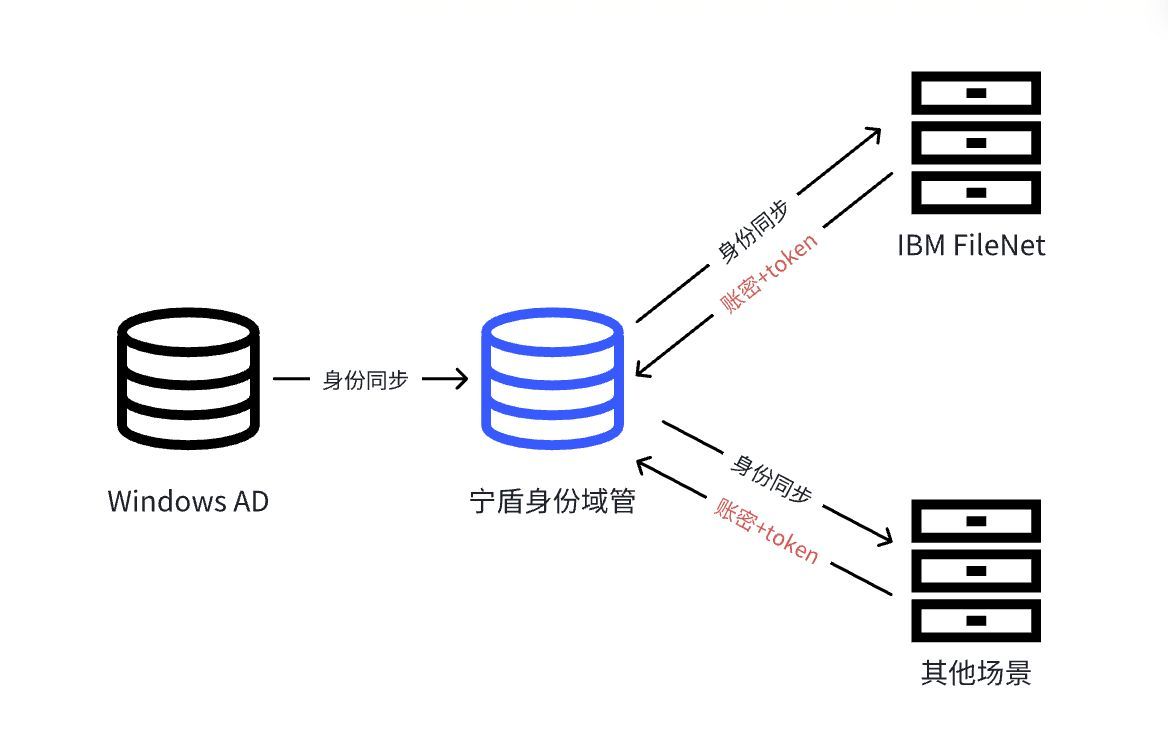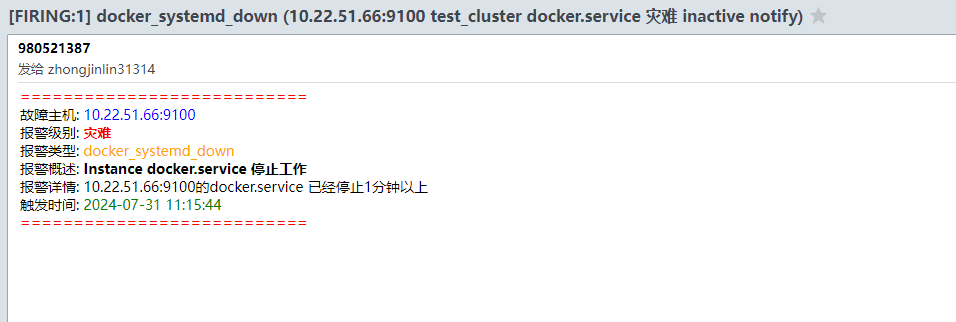学习Numpy的奇思妙想
本文主要想记录一下,学习 numpy 过程中的偶然的灵感,并记录一下知识框架。
推荐资源:https://numpy.org/doc/stable/user/absolute_beginners.html
💡灵感
-
为什么 numpy 数组的 shape 和 pytorch 是 tensor 是反着的??
- 在读入一个 RGB 图像的时候,pytorch 的张量通常是(batch, channel, height, width),但是 numpy 的数组形状通常是(height, width, channel)
- 把数组转换成张量直接用 transform.ToTensor(),但是在把 tensor 转换成张量并用matplotlib 显示前要注意转换维度。
from torchvision import transforms, datasets from torch.utils.data import DataLoader from PIL import Image# 定义转换操作,将图片转换为 tensor transform = transforms.Compose([transforms.Resize((256, 256)),transforms.ToTensor(), ])# 加载单个图片 image_pil = Image.open('path_to_image.jpg') image_tensor = transform(image_pil)# 显示图片形状 print(image_tensor.shape) # 输出可能是 (channels, height, width)# 注意:PyTorch 的 tensor 需要先转置维度,然后才能用 matplotlib 显示 plt.imshow(image_tensor.permute(1, 2, 0)) plt.show() - 💡猜想一下 numpy 是如何计算数组形状的,可能是numpy得到一个输入的列表,会先查看他的 len,得到一个数,这个就是第 0 维度,然后查看数组中第一个元素的 len,这个就是第 1 维度,以此类推。就像剥洋葱一样,一层一层的剥开他的心。
import numpy as np a = [[[1,2,3],[4,5,6]]] print(len(a)) # 1 print(len(a[0])) # 2 print(len(a[0][0])) # 3 print(np.array(a).shape) # (1,2,3) - 图片保存的时候,RGB 统一保存成一个颜色,比如#FFFFFF,他是在一起的,所以 channel 对于 numpy 来说在最后边。
-
⚠️ list 的索引返回副本(深拷贝),ndarry 的索引返回视图(浅拷贝)
- 这个是例子
import numpy as np a_list = [1,2,3,4,5,6] a_array = np.array(a_list)b_list = a_list[0:4] b_list[0] = 100 print(b_list, a_list) # [100, 2, 3, 4] [1, 2, 3, 4, 5, 6]b_array = a_array[0:4] b_array[0] = 100 print(b_array, a_array) # [100 2 3 4] [100 2 3 4 5 6] - 同样,展平数组时,
.flatten()和.ravel()的区别也是如此,ravel()创建的新数组实际上是对父数组的引用(即,“视图”)。这意味着对新数组的任何更改也会影响父数组。由于ravel()不创建副本,因此它的内存效率很高。
- 这个是例子
-
⚠️ empty 不是真的 empty
- np.empty 创建的并不是0,他直接在内存上开辟空间,存储的是“随机”的内容,可能全是 0,也可能不是 0。
- np.zeros 创建的才是真正的 0。
- np.random.rand 创建的才是真正的随机。
Numpy组织结构
https://numpy.org/doc/stable/reference/module_structure.html
- 【推荐使用】Main namespaces(Regular/recommended user-facing namespaces for general use)
- numpy
- numpy.exceptions
- numpy.fft
- numpy.linalg
- numpy.polynomial
- numpy.random
- numpy.strings
- numpy.testing
- numpy.typing
- 【推荐使用】Special-purpose namespaces
- numpy.ctypeslib - interacting with NumPy objects with ctypes
- numpy.dtypes - dtype classes (typically not used directly by end users)
- numpy.emath - mathematical functions with automatic domain
- numpy.lib - utilities & functionality which do not fit the main namespace
- numpy.rec - record arrays (largely superseded by dataframe libraries)
- numpy.version - small module with more detailed version info
- 【不建议使用】Legacy namespaces(Prefer not to use these namespaces for new code. There are better alternatives and/or this code is deprecated or isn’t reliable.)
- numpy.char - legacy string functionality, only for fixed-width strings
- numpy.distutils (deprecated) - build system support
- numpy.f2py - Fortran binding generation (usually used from the command line only)
- numpy.ma - masked arrays (not very reliable, needs an overhaul)
- numpy.matlib (pending deprecation) - functions supporting matrix instances
最后附上思维导图,以后有机会可以探索更多的细节




















